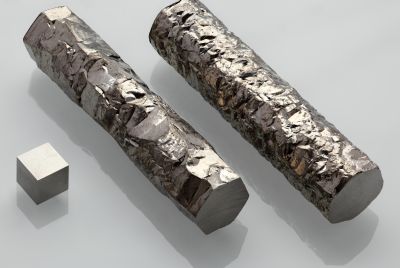Samsung Plans Galaxy Note 4 with Dust and Water Resistance; IP67 Will Be 'Basic Features' on Future Premium Devices
Samsung plans to include dust and water resistances on every future premium devices including Galaxy Note 4. The Galaxy Note 4 will have IP67 rating that resists water for 30 minutes under 1 m using Liquid Silicon Molding technology.
Samsung Galaxy Note 4 IP67
It looks like Samsung will pass on the IP67 certification from Galaxy S5 to the upcoming Galaxy Note 4 phablet for 2014. According to new report from Korean Web site ITToday, the Galaxy Note 4 will have the Liquid Silicon Molding or LSM technology found on the Galaxy S5 to deliver water resistance.
LSM technology uses liquid silicon which is hydrophobic, and it will be placed around the outer wall inside the Galaxy Note 4 casing to prevent flood damage based on the latest trend applied on slim mobile devices.
Samsung will release the 2014 flagship phablet Galaxy Note 4 by the second half of 2014 and possibly to be launched at IFA 2014 event, similar to what the company did on Galaxy Note 3.
IP67 on Future Premium Devices
After the announcement of the Galaxy S5, Samsung plans to include dust and water resistances on all future premium Galaxy devices in addition to Galaxy Note 4. Samsung believes the Galaxy S5 will get 20 to 30 per cent sales based on consumers' need to purchase dust and water resistance capable devices, especially on flagship models.
In comparison with Sony, most Xperia flagship devices such as Xperia Z2, Z1 and Z1 Compact features IP55/58 that resists dust and endures water for 30 minutes under 1 m of depth at least.
According to an anonymous source of Sam Mobile, dust and water resistances are simply going to become "basic features" on all upcoming premium devices made by Samsung starting in 2014.
The information is somehow supported by Samsung's move to cancel orders of 5 million LDS antennaes in favour of IMA or in-mold antennae. IMA allows water resistance technology but adds significant thickness, while LDS cannot support waterproof feature due to its installation that is usually fused onto the back plate of the device but does not make devices bulkier. The use of these different antennaes can be seen in the think Galaxy S4 Active and the slimmer Galaxy S4 original.
But there might be some changes to improve the sizes of Galaxy devices having dust and water resistances using IMA, as per reports that Daesan Electronics successfully created IMAs that are almost as thin as LDS antennaes which will likely be used by Samsung for the Galaxy Note 4.





















